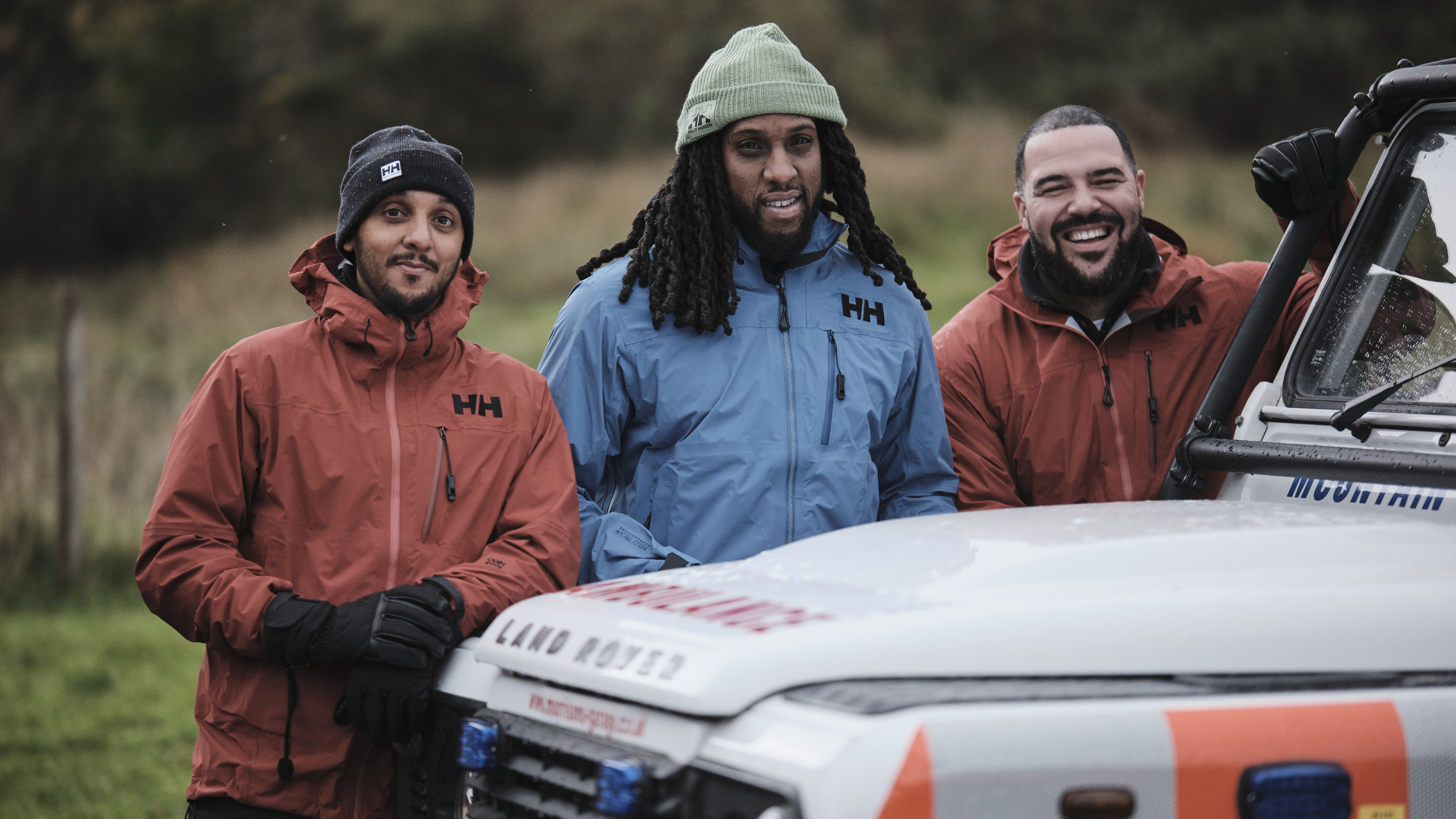
Several years ago, Anton Brown was out on the trail with some friends for one of his first ever hikes, and it’s fair to say that people took notice. Brown towers well over six feet tall, he’s black and his hair hangs in long, thick dreadlocks; in other words, he doesn’t look like your average hiker. While other hikers acknowledged him and his group, it wasn’t with your typical “hello.”
“People kept asking us, ‘what’s the occasion?’” he recalls of the day, “I was thinking, we’ve come here to walk the same way you’ve come here to walk.”
Fortunately, the surprise reaction didn’t discourage Brown from hiking again – he admits he’s well aware that people of color are few and far between on hiking trails. It did however convince him of the importance of spending more time outside, both for himself and others like him.
“It just showed me we need to be out there more, because the outdoors is for everyone.”
Brown grew up in Nottingham, a city in England that sits just south of the Peak District, where in 1932, the Great Trespass took place, ultimately resulting in greater levels of access to wild places being extended to the public. In 1951, it became Britain’s first National Park, but despite their geographical proximity to one of the UK’s most beloved hiking spots, Brown and his friends simply didn’t venture into the hills growing up.
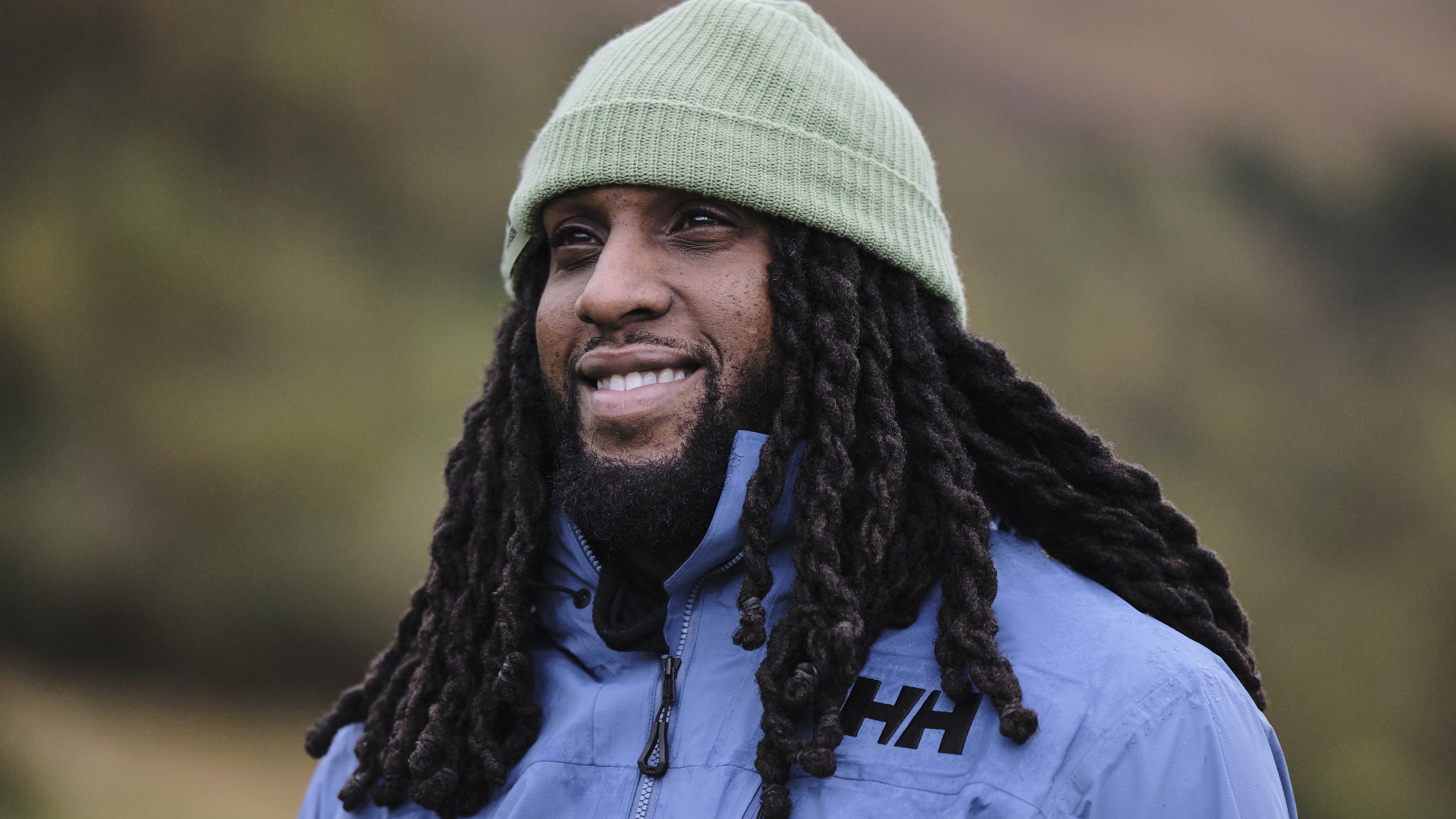
“Walking? It wasn’t for us”
It’s not an unusual story. Despite the massive surge in outdoor activities on both sides of the Atlantic in recent years, there remain many barriers for many people when it comes to getting out on the trails. Last week, outdoor brand Helly Hansen released new research indicating that in the UK, 29 percent of people haven’t participated in any outdoors activities in the past year, while 20 percent admit to never having taken part in activities like hiking, scrambling, rock climbing, trail running or wild swimming.
In the survey, more than half of Brits said they would like to participate in outdoor activities more often and see the physical and mental health benefits, but lack of knowledge, confidence and safety concerns, bad weather and being unable to afford it are obstacles. Almost half admitted to not knowing the right equipment to use, whilst 45 percent revealed they don’t know where to go and a third don’t know the basic safety precautions – such as how to prepare for a trip or call for help.
“The research reveals something we have suspected for a while – that a large number of the population don’t feel they have the confidence and skill set to participate in outdoor pursuits,” comments Emma Russell, Marketing Manager for Helly Hansen in the UK and Ireland.
Certainly this was true for Brown and his longtime friends Antwon Bonnick and Kevin Spriggs, who grew up like many urban kids in Britain – highly active (they’ve played in over a thousand matches as semi-professional footballers), frequently clad in outdoor gear made by companies like Helly Hansen and Berghaus, but never anywhere near a mountainside.
“We’re from inner city Nottingham so growing up we didn’t really know people who went outdoors. We played football, but in terms of walking? It wasn’t for us,” says Spriggs.
All that changed six years ago, however, when one of their bosses, a man they describe as massively into the outdoors, died while on a hike. Together, the three men organized a memorial walk in his honor which was a big success, things snowballed, and they realized that getting people outdoors could become an important part of the community outreach work they were already individually involved in.

In 2020, they founded AKA (an acronym of their three first names), a non-profit community interest company that focuses on engaging with people from a diverse range of backgrounds and from all socio-economic groups. Today, their organization provides childcare, youth clubs every night of the week across Nottingham, first aid training, outdoor fitness camps, group bike rides and hikes, all with an aim to get people from inner city communities to the outdoors.
The non-profit is the latest organization to partner with Helly Hansen in an initiative to try to break down some barriers to the outdoors, and I met the three men during a day trip to Arrochar here in Scotland where we spent time with local mountain rescue, and I got to ask them about some of the barriers they – and others in their community – frequently face when it comes to outdoor access.
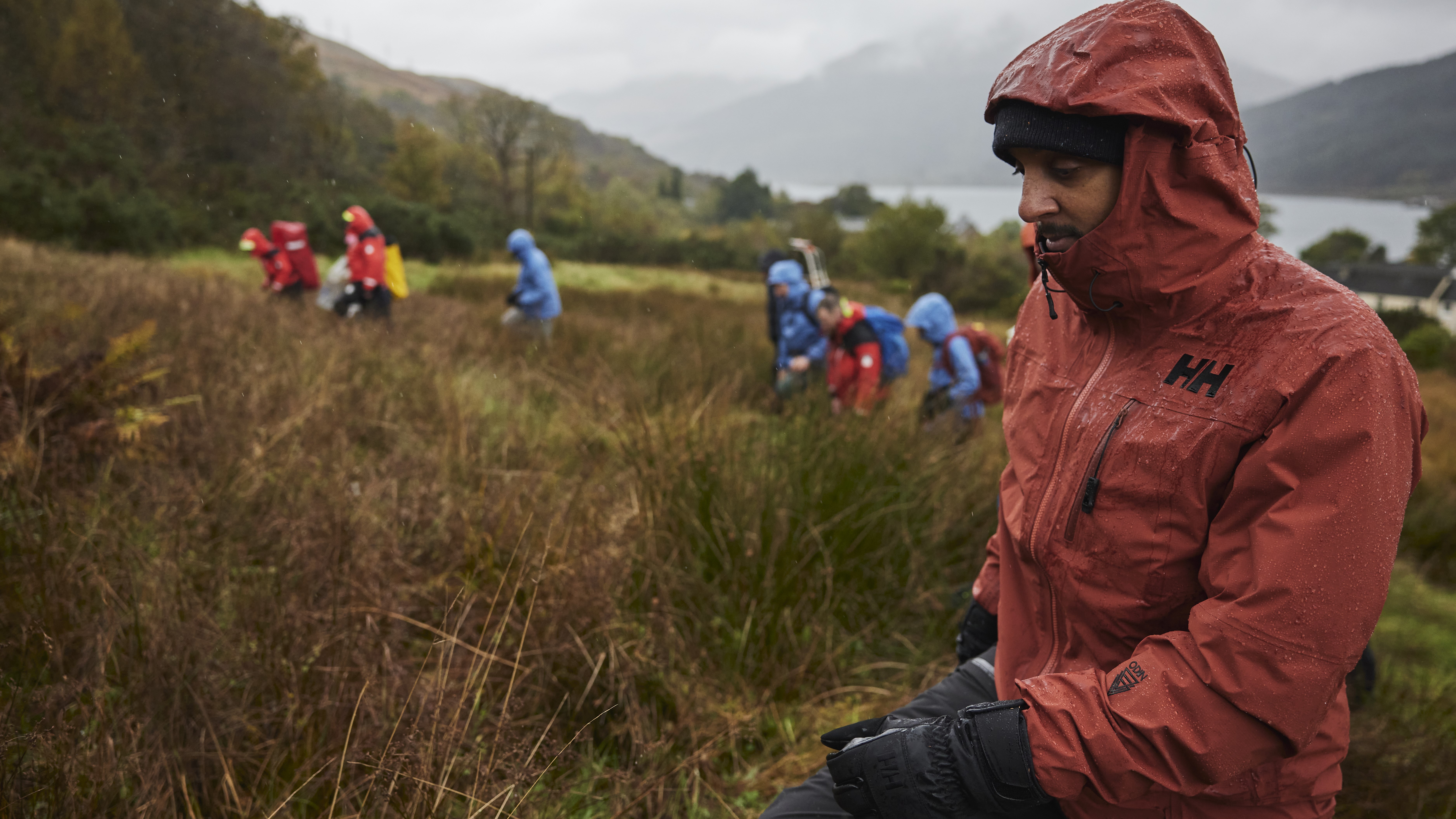
“Should I be here?”
As a white hiker, I don’t ever stop and question whether I have a right to be on the hiking trail – lucky me – but a staggering 35 percent of those surveyed admitted to feeling like an outsider on the trail, while 20 percent cited lack of representation, and this is the first obstacle that AKA bring up when I ask.
“Even now, I’ve been walking for three years, but there’s still a part of me that’s a little wary when I come to houses or farms on a walk. It’s always that thing of should I be here? Am I allowed? Even though I know I am, how am I going to be received?” says Spriggs.
All three explain to me that many people in their community have had negative experiences in the suburbs, and that makes the idea of exploring rural areas even more daunting.
“As people of color, we feel safer in the city, in the mess so to speak. There are towns and villages on the outskirts of the city where you feel like you have to have your wits about you. So if you want to go deeper in the countryside you’re going to feel more vulnerable,” says Brown.
In response, AKA now leads monthly group hikes in the Peak District that have at times totalled over 80 participants, both to encourage a feeling of safety in numbers and to increase visibility of people of color on the trails. As the saying goes, if you can’t see it, you can’t be it.
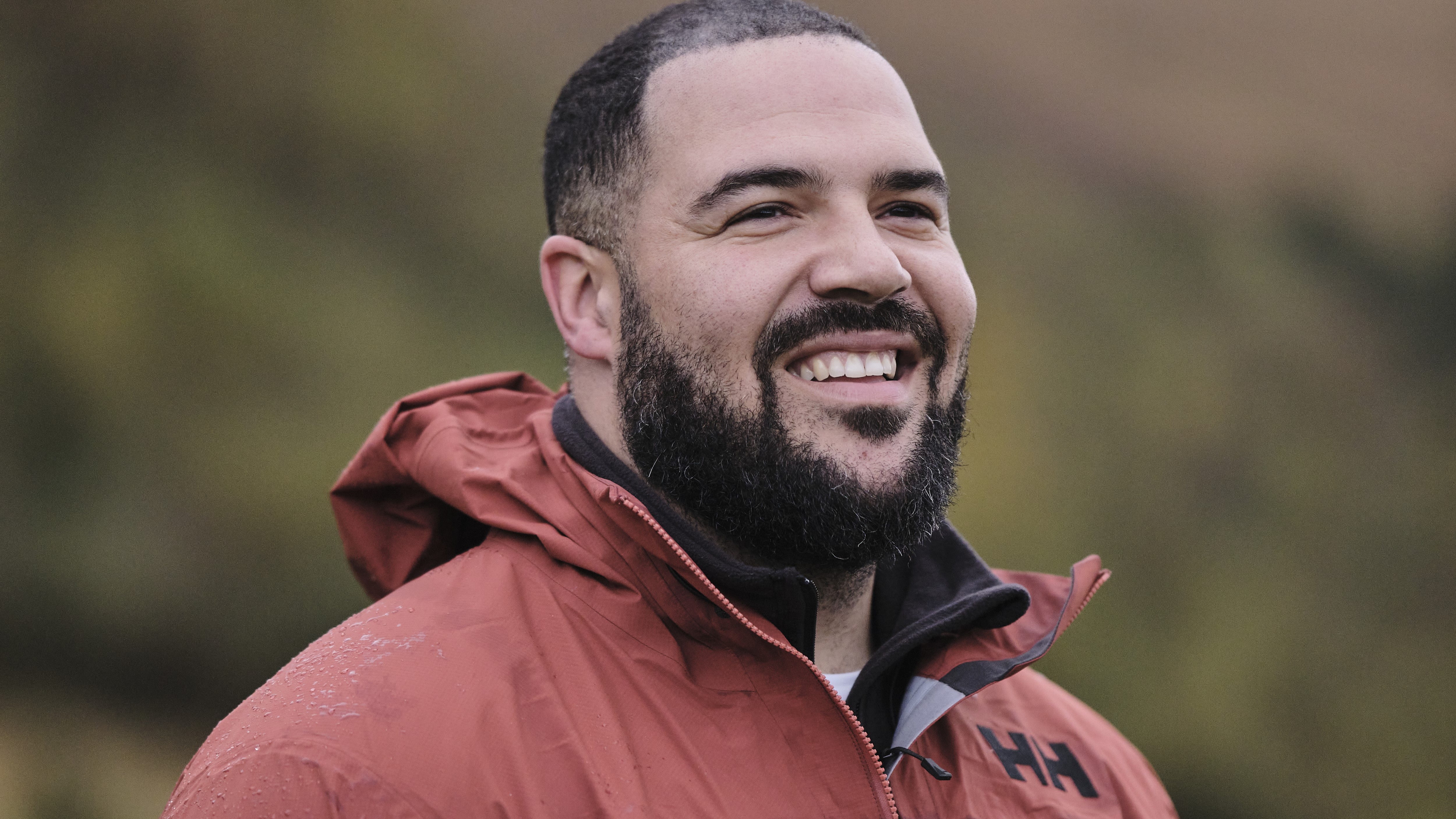
“I’m not going to be able to do it”
It’s true that a lack of representation keeps many from the mountains, but even when it’s been suggested by someone from within their community, some folks are still held back by a lack of knowledge and experience. Over a third of respondents to the survey report that they feel intimidated by more experienced participants, which the founders of AKA attribute to what they call “mind state” as a key deterrent to outdoor participation.
“When we mentioned hiking, people straight away said, ‘oh I’m not fit enough. I’m not going to be able to do it,’” recalls Bonnick, who says that many people from the inner city aren’t open minded to hiking, because they simply don’t know what to expect.
“There’s always an excuse – I haven’t got kit, I can’t get there, I can’t afford it – so we try to pull all that away and make it easier for you to come.”
Making it easier means loaning participants reliable gear like waterproof jackets and rain pants so that they can hike safely and comfortably, something that Bonnick says helps to ensure the first experience is a good one.
“If they come out and it’s chucking down rain and they’ve not got the right kit on and it’s cold, it’s easy to think hiking’s bad.”
They also provide transportation in a minibus to get participants to the trailhead and back, and once on board, they foster a festive environment to build optimism and confidence.
“We can’t eliminate everything, but we try to put everything in place. We put on music, it’s like a party bus. Everyone gets to pick a song and it just lowers those levels of anxiety,” says Brown.
All of a sudden, people who were previously strangers have become friends and are making plans to go shopping or have dinner together when they return to the city. Furthermore, Brown says that the stress reduction benefits of green exercise come with their participants back to the city.
“We found that when we do take people out into green spaces, it slows down their mind and calms them down and when they get back to the city, they can appreciate the green space that’s in Nottingham as well.”
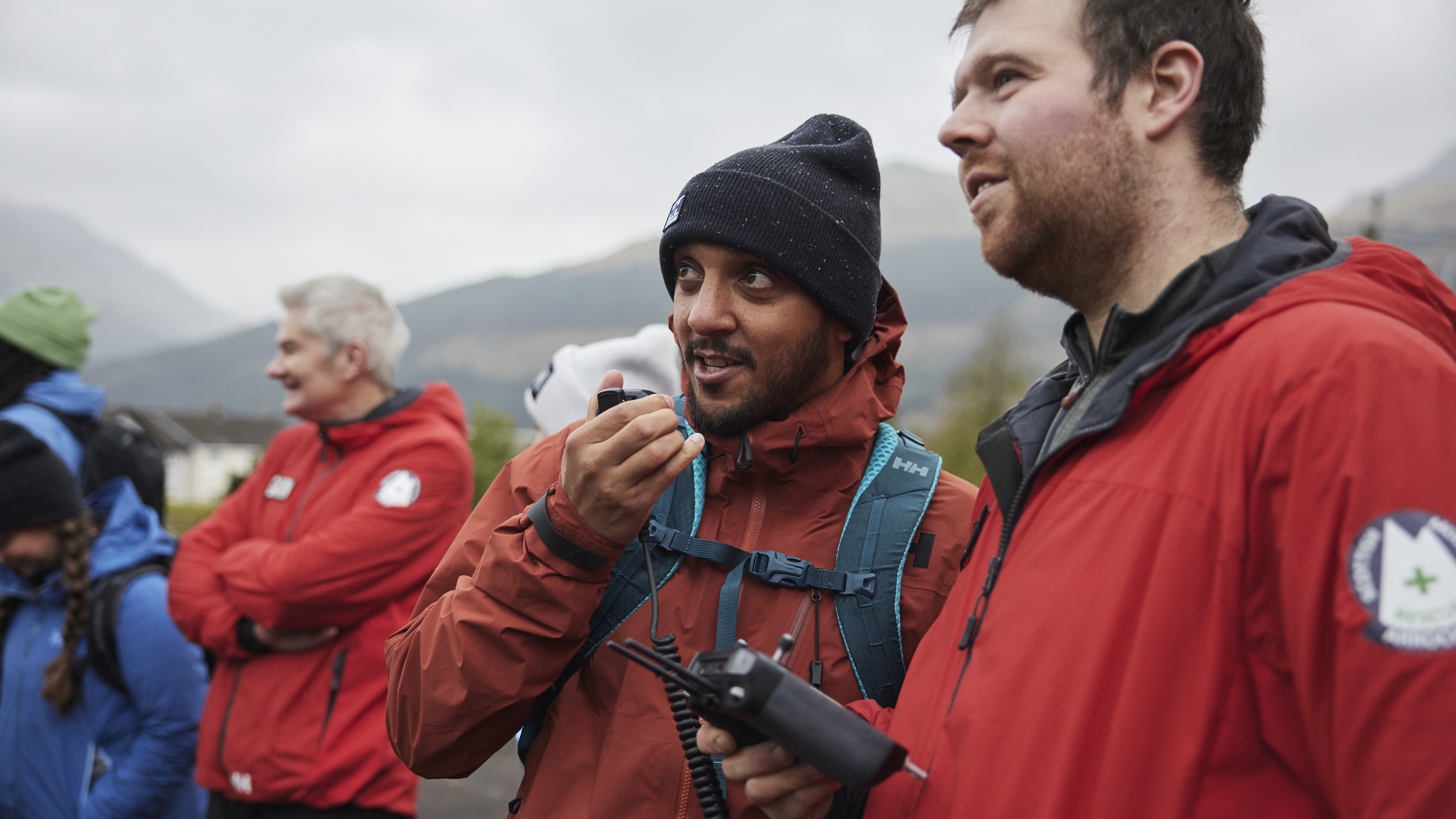
“It has to come from the inside out”
As an avid hiker and outdoors journalist keen to get as many people out into the hills as possible, I’m inspired by their tremendous efforts and curious to know what I can do to make disadvantaged people feel more welcome outdoors – but Spriggs explains that it takes more than just dolling out free hiking boots or extolling the benefits of hiking.
“There is a real desire in the outdoor community to be more welcoming, more diverse. People want to know what the secret is, but the secret is that because we’re from those places, we know the people. It's very hard to just take that and replicate it. I can’t think of another way other than to have people like ourselves take people out.”
Or as Bonnick says, a more diverse and unified hiking community has to come from the inside out. In truth, creating what they call “oneness” on the trail begins at a much deeper level of society.
“Gain knowledge of other cultures so you know how to welcome them into your space,” advises Brown. “It’s not necessarily what happens out on the hills, it’s what happens in the schools, in the communities – because it’s the communities that are segregated.”
In other words, a more diverse hiking community begins at home. What each of us can do is focus on our own communities, build meaningful connections and make a positive impact that might ultimately, even if indirectly, result in getting more people out on the trail. And if you do find yourself out there and see people who don’t look like you, don't ask what the occasion is – just say “hello.”
Helly Hansen’s Open Mountain Month falls in January and June each year with the aim to encourage everyone into the outdoors such as age, location, race, or experience. To learn more about Helly Hansen’s Open Mountain Month, please visit www.hellyhansen.com/open-mountain.







